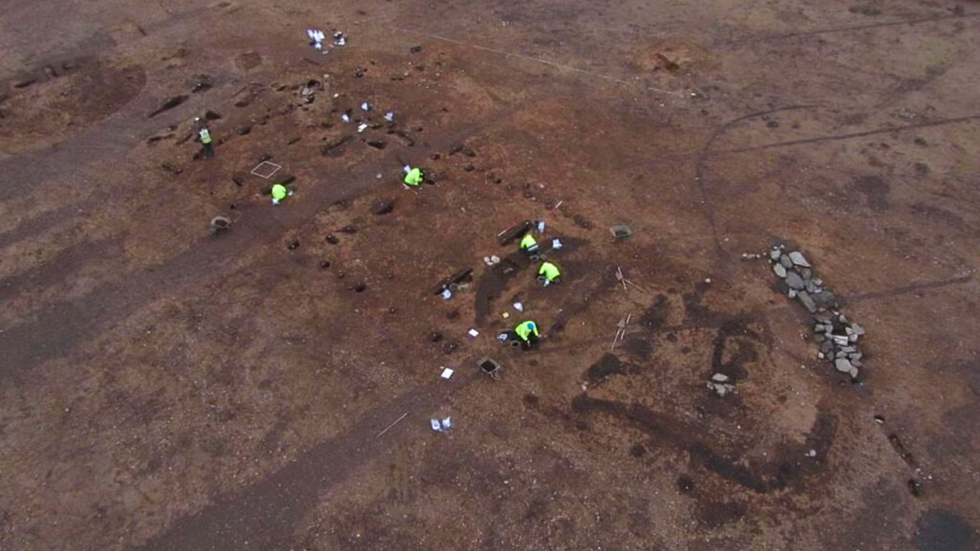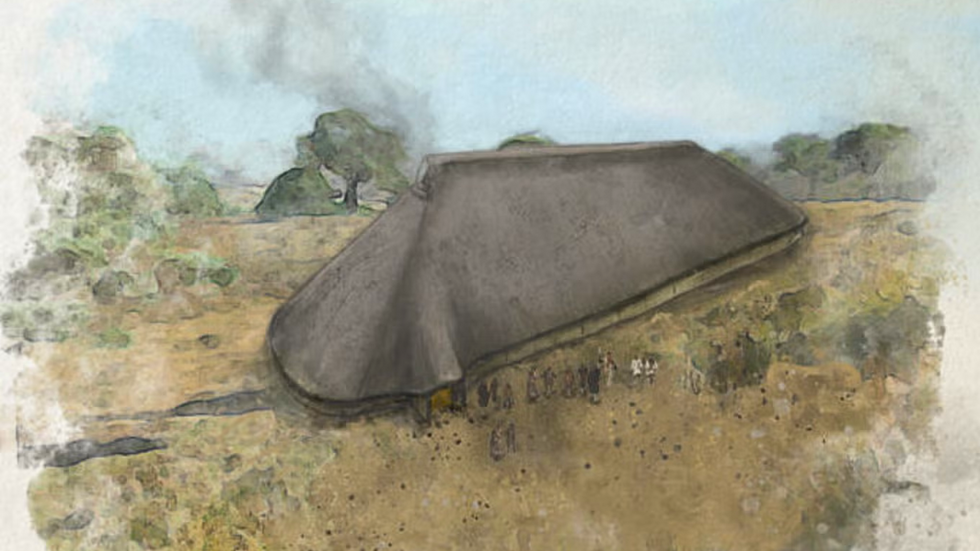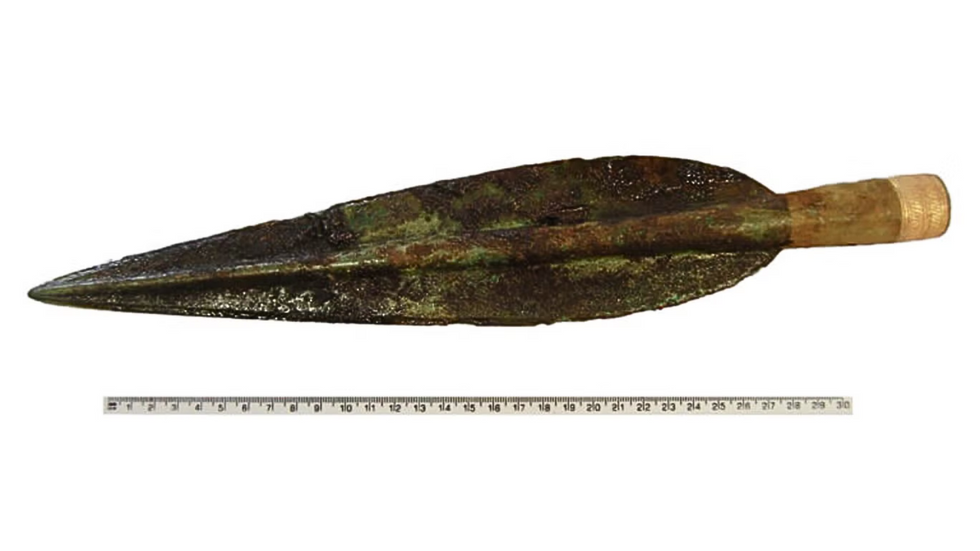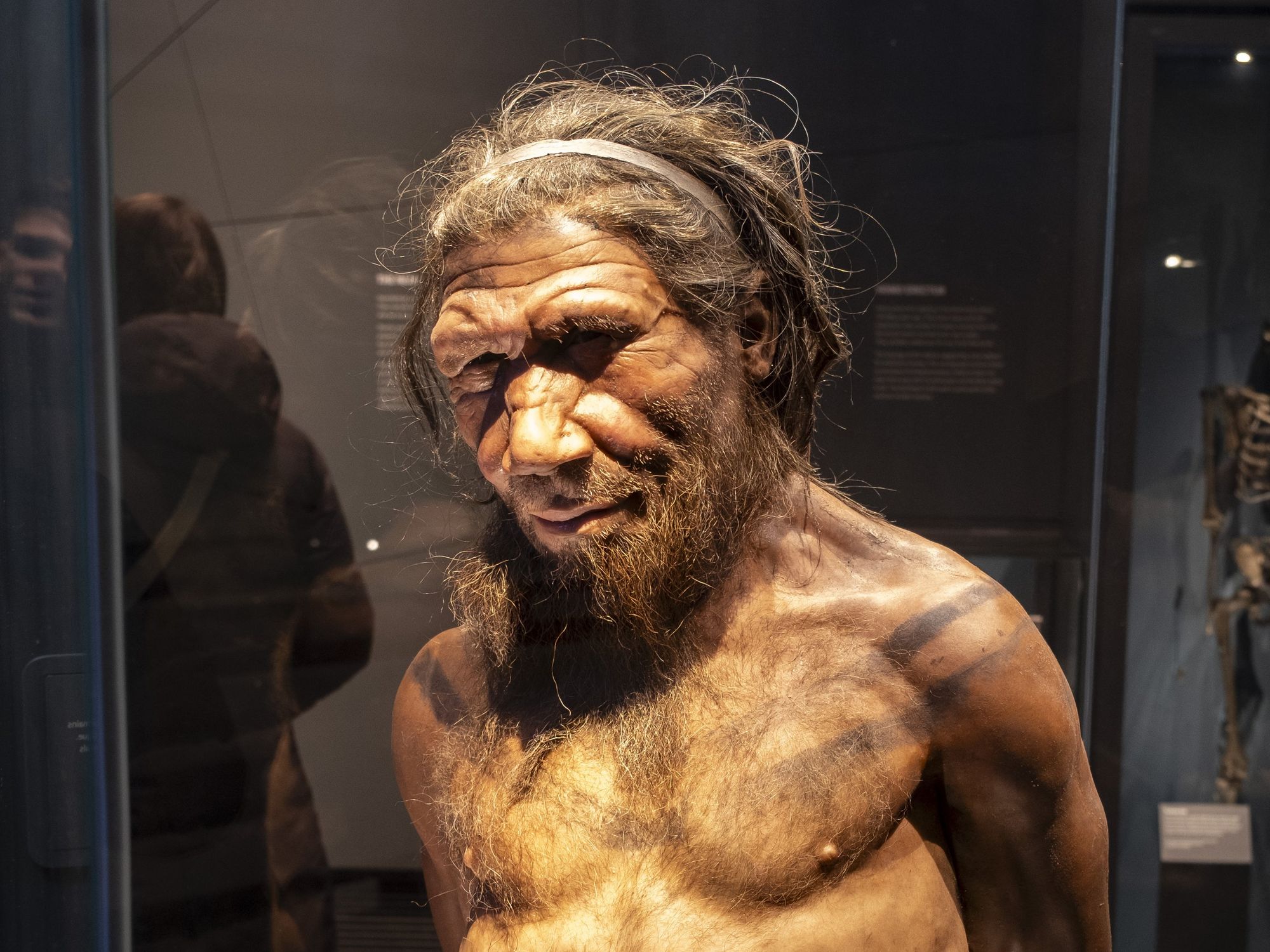Archaeology breakthrough as farming halls older than Stonehenge discovered beneath school in Scotland

The find has been hailed as 'one of the most internationally significant archaeological discoveries in Scotland'
Don't Miss
Most Read
Archaeologists in Scotland have uncovered the country's largest-ever timber hall beneath a school.
The Neolithic hall beneath Carnoustie High School in Angus dates back to around 4,000BC, and predates Stonehenge by more than a millennium.
The internationally significant discovery was made during excavations for two new football pitches at the school.
Guard Archaeology, which has been investigating the location since 2017, confirmed the find represents the most substantial hall of its kind ever found north of the border.
The ancient structure was built by some of Scotland's earliest farming communities, and appears to have served as a ceremonial venue where people gathered from across wide areas for seasonal celebrations and feasts.
The hall measured some 35 metres long by nine metres wide.

Guard Archaeology said the find represents the most substantial hall of its kind ever found north of the border
|GUARD ARCHAEOLOGY
Researchers said it was made of oak, with opposing doorways positioned near one end of the structure.
Its substantial roof was supported by pairs of massive timber posts.
Alan Hunter-Blair, who directed the fieldwork, said: "The Carnoustie excavation produced exceptional results, the traces of the largest early Neolithic timber hall ever discovered in Scotland, dating from near 4,000BC."
A smaller companion hall was also discovered at the site, measuring 20 metres long and more than eight metres wide.
The presence of two structures together was particularly unusual for this period.
But it wasn't just buildings at the site.
ARCHAEOLOGICAL MARVELS BENEATH BRITISH SOIL - READ MORE:

Nuts and grains found in the soil around the hall suggested autumn gatherings took place there
|GUARD ARCHAEOLOGY
Excavations revealed artefacts from locations across Scotland, including fragments of Arran pitchstone, an axe made from garnet-albite-schist, a bronze spearhead and smoky quartz from the Highlands.
Local materials such as agate, quartz and chalcedony were also discovered.
Elsewhere, hazelnut shells and charred cereal grains were found beneath the school, suggesting autumn gatherings took place at the ancient hall.
Beverley Ballin-Smith, co-author of the report, said: "The availability of hazelnuts in autumn is a strong indicator that that season was an important one for meeting, feasting and celebrating."
LATEST ARCHAEOLOGY HEADLINES FROM GB NEWS:

Researchers also uncovered a bronze spearhead at the ancient site
|GUARD ARCHAEOLOGY
"Carnoustie might have been a focal point, [the hall's] significance great enough to attract people from a much wider area."
The discovery represents a significant breakthrough in understanding Scotland's earliest agricultural communities.
Ballin-Smith said: "This monumental timber hall, completely alien to the culture and landscape of the preceding Mesolithic era, was erected by one of the very first groups of farmers to colonise Scotland, in a clearing within the remains of natural woodland."
"It was fully formed, architecturally sophisticated, large, complex and required skills of design, planning, execution and carpentry."
Kathryn Lindsay, chief executive of Angus Council, said: "When [we] approved the development of two outdoor football pitches at Balmachie Road, no one imagined the process would reveal one of the most internationally significant archaeological discoveries in Scotland."
That "remarkable" discovery left experts "stunned" and busts a century-long held belief about the origins of the bluestone at the centre of the prehistoric monument.











